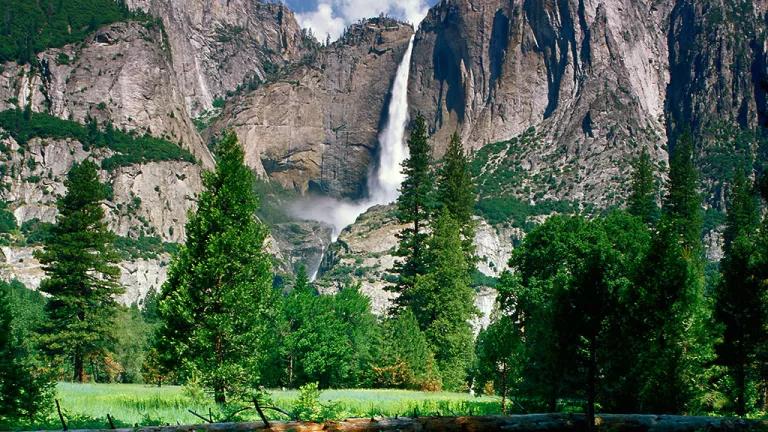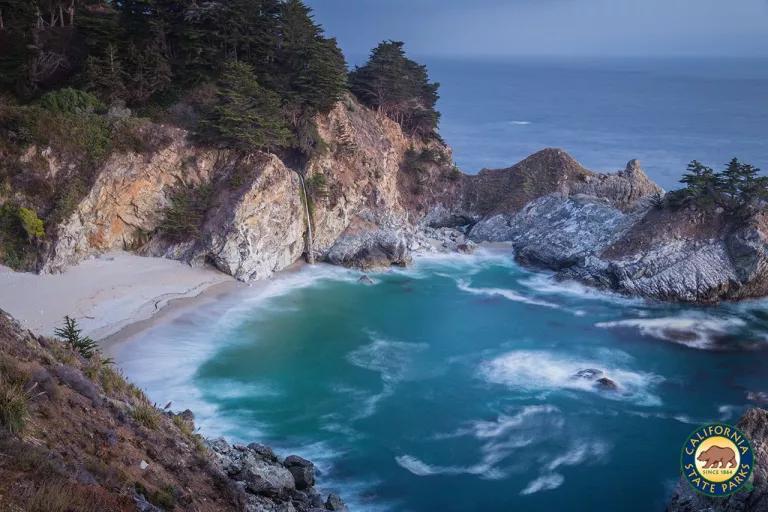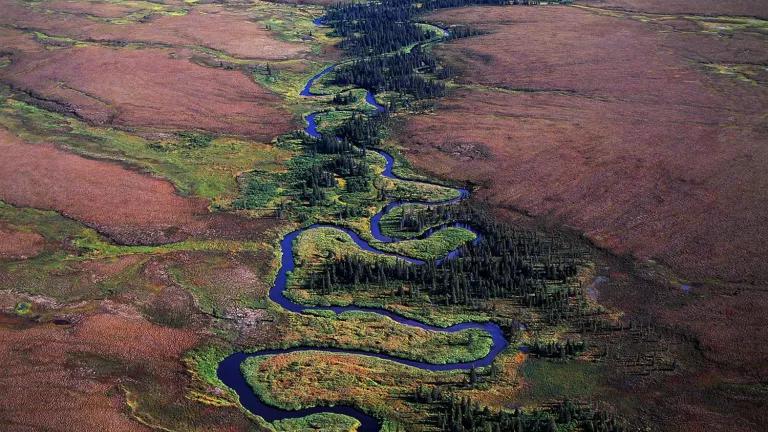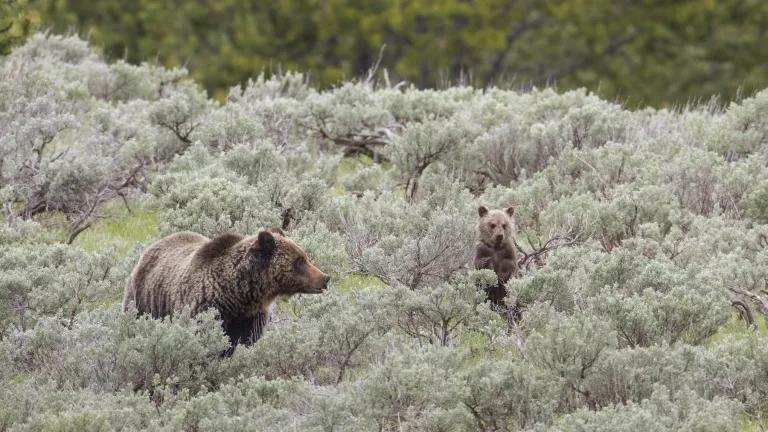Leading California Scientists Unite to Protect Biodiversity

As scientists chronicle the rapid loss of natural areas and biodiversity around the world, California is poised to tackle the issue head-on if it passes Assembly Bill 3030 into law. Introduced by Assemblymember Ash Kalra (D-San Jose), AB 3030 would establish a state policy to protect at least 30% of the state’s lands and waters and help to advance protection of at least 30% of the nation’s oceans by 2030 (“30 by 30”). Now, building on their deep scientific knowledge in disciplines ranging from biology, chemistry, botany, ecology, to genetics, more than 160 scientists and researchers who live or work in California have joined together in an open letter urging California lawmakers to enact AB 3030.
There’s no time to waste. At least 686 animal species are at risk of extinction in California and within the next few decades, roughly two-thirds of the state’s native breeding birds could easily be lost. Worldwide, around 1 million species are at risk of extinction, many within decades. For terrestrial species, the leading driver of these losses is land use changes (e.g., converting wild areas for other uses) and for marine species, ocean use change is the second leading driver—after overfishing.
Protecting nature, protects people. That’s why AB 3030, and the larger global movement to protect vast swaths of lands, waters and oceans, is so important—it strikes right at the heart of our biodiversity crisis. If we want to secure healthy and vibrant ecosystems filled with thriving wildlife for future generations—ensuring we have a world that naturally cleans our air and water, produces abundant food, regulates diseases, and sinks carbon into the natural world instead of sending it skyward to heat the planet—we have to protect more of our lands, waters, and oceans.

And, of course, the biodiversity crisis and the climate crisis are two sides of the same coin. The most recent National Climate Assessment found that climate disruption is reducing the ability of ecosystems to provide clean water and regulate water flows, limiting the ability of nature to buffer communities from the impacts of natural disasters, changing migratory patterns and threatening our food systems. AB 3030, and the momentum it builds will help solve the biodiversity crisis and help provide resilience for our biological and human communities in the face of climate change.
AB 3030 also specifically calls on California to make access to nature for everyone—no matter where they live, in the city or in the country—a priority. Ensuring access to nature in our urban communities and at the urban-wildland interface will not only benefit the species that depend on habitat and migration corridors through developed areas, it will also help ensure that people in historically underserved communities—especially low-income communities of color—get the numerous benefits of greenspace and natural environments in their everyday lives.
California can and should show up as a leader next year, when the parties to the Convention on Biological Diversity (the global treaty with the mandate to conserve the world’s biodiversity) meet to consider a new framework for saving the planet’s wild plants and animals, which we believe must include the adoption of a global 30 by 30 target. In advance of that critical juncture, California can continue to lead the way as it has with climate change if it adopts policies that enable the protection of at least 30% of terrestrial, freshwater, and marine environments by 2030.
The time for California to act is now. But you don’t have to take our word for it. Listen instead to people who have dedicated their lives to studying and researching things like animals, plants, forests, coasts, wetlands, deserts, oceans, and climate. They’ve signed a joint letter in support of AB 3030. To read the scientist sign-on letter, review the signatories and get more information, visit here. The letter is open to any scientists living or working in California (we’re looking at you person in a lab coat holding a vial) who wish to join as signatories.




